As a homeowner, it’s essential to be proactive when maintaining your roof’s integrity.
Whether you’re noticing obvious damage or just want to keep your roof in top shape, this article’s got all the info you need to make smart decisions.
From recognising signs of damage to understanding the pros and cons of DIY repairs versus hiring professional services, we have you covered. By the end, you’ll know how to make informed decisions about roof repairs.
Let’s dive in and discover how to tell when it’s time to fix your roof!
Importance Of Regular Roof Inspections
Regular roof inspections are a fundamental aspect of responsible homeownership. By conducting inspections at least once a year, you can detect issues early on and prevent them from escalating into major problems.
During these inspections, professionals meticulously assess the condition of your roof, looking for signs of damage, loose or missing shingles, damaged flashing, and any indications of water damage.
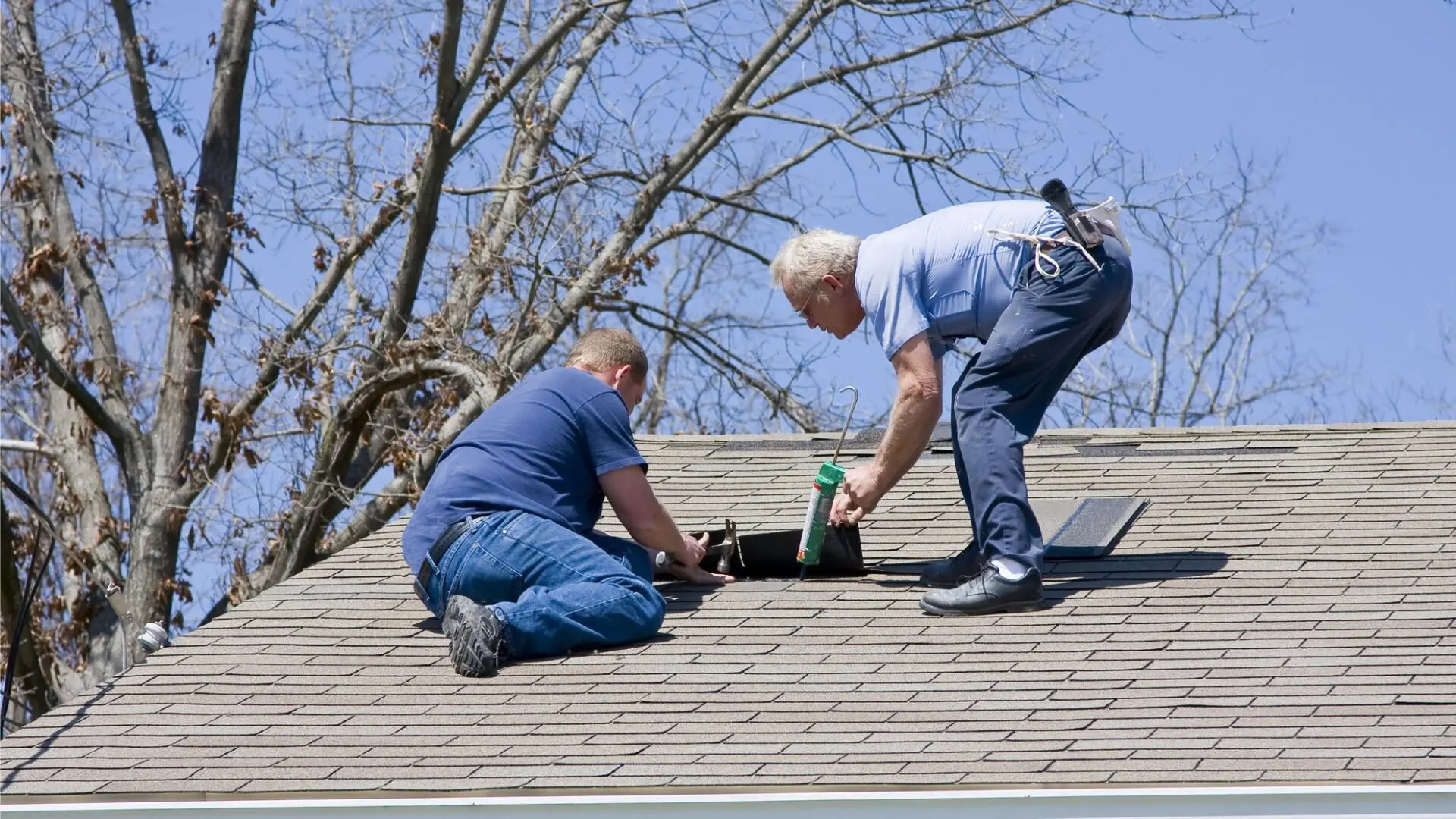
Identifying these issues early allows for timely repairs, saving you from costly repairs down the line. By investing in regular roof inspections, you can have peace of mind knowing that your home is protected from potential water leaks, structural deterioration, and compromised energy efficiency.
Signs Of Roof Damage: What To Look For
Detecting roof damage in its early stages is vital to prevent further deterioration. Knowing what to look for can promptly address issues and safeguard your home. Here are some common signs of roof damage to be aware of:
Cracked, Curled, Or Blistered Shingles
Inspect your roof for missing, cracked, or damaged shingles. These can provide entry points for water, leading to leaks and subsequent water damage.
Sagging Or Uneven Roof Lines
Water infiltration can cause a sagging roof or discolouration. If you notice bulging or changes in the texture of your ceiling, it’s crucial to investigate the cause and take necessary action.
Moss Or Algae Growth
Excessive moisture from roof leaks can create a breeding ground for mould and mildew. Look for any signs of mould growth on your walls, ceilings, or even in your attic. These fungi not only pose health risks but also signal underlying roof issues.
Water Stains On Ceilings Or Walls
It indicates a roof leak if you notice water stains on your ceiling or walls, especially after rainfall. Please don’t ignore these stains, as they can worsen over time and lead to more extensive damage.
Damp Or Musty Odours
A musty smell in your home, particularly in the attic or upper floors, could indicate hidden water damage. It’s essential to investigate the source of the odour and address it promptly to prevent further deterioration.
Increased Energy Bill
A sudden spike in your energy bills could be attributed to a compromised roof. When leaks or insulation issues occur, your HVAC system works harder to maintain a comfortable temperature, resulting in higher energy consumption.
If you notice any of these signs of roof damage, it may be time to consider
What Are The Consequences Of Delaying Roof Repairs
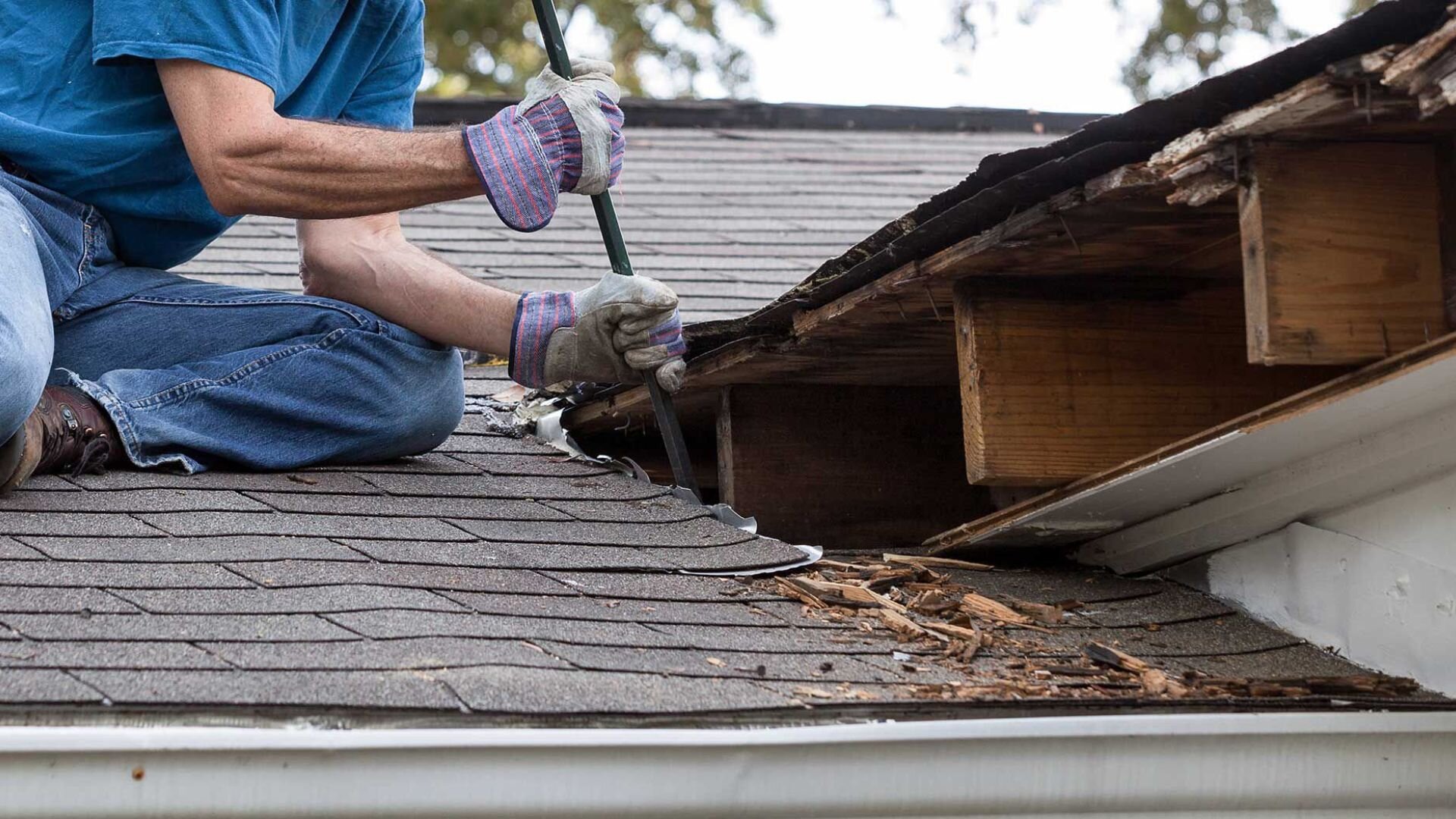
Postponing roof repairs may seem tempting when the damage appears minor or when financial priorities arise. However, it’s essential to recognise the severe consequences that can arise from delaying necessary repairs.
One significant risk of procrastinating roof repairs is interior water damage. A leaky roof allows water to infiltrate your home, damaging ceilings, walls, and valuable possessions.
Deferred repairs are expected to result in water stains, peeling paint, and compromised structural integrity. Addressing these issues promptly can prevent further deterioration and protect your home’s interior.
Another consequence of delaying roof repairs is structural deterioration. Even minor roof issues can escalate over time, jeopardising the stability of your entire home. Water seepage can weaken support structures, compromising their integrity.
Additionally, neglecting roof repairs can pose health hazards. Moisture from roof leaks creates an ideal environment for mould and mildew growth. These fungi can trigger allergies, respiratory issues, and other health problems for you and your family. By prioritising timely roof repairs, you can maintain a healthy living environment and safeguard your well-being.
DIY VS Professional Roof Repair: Pros And Cons
When it comes to rooftop fixes, you might be debating whether to DIY it or call in the pros. Let’s look at the ups and downs of each to help you decide.
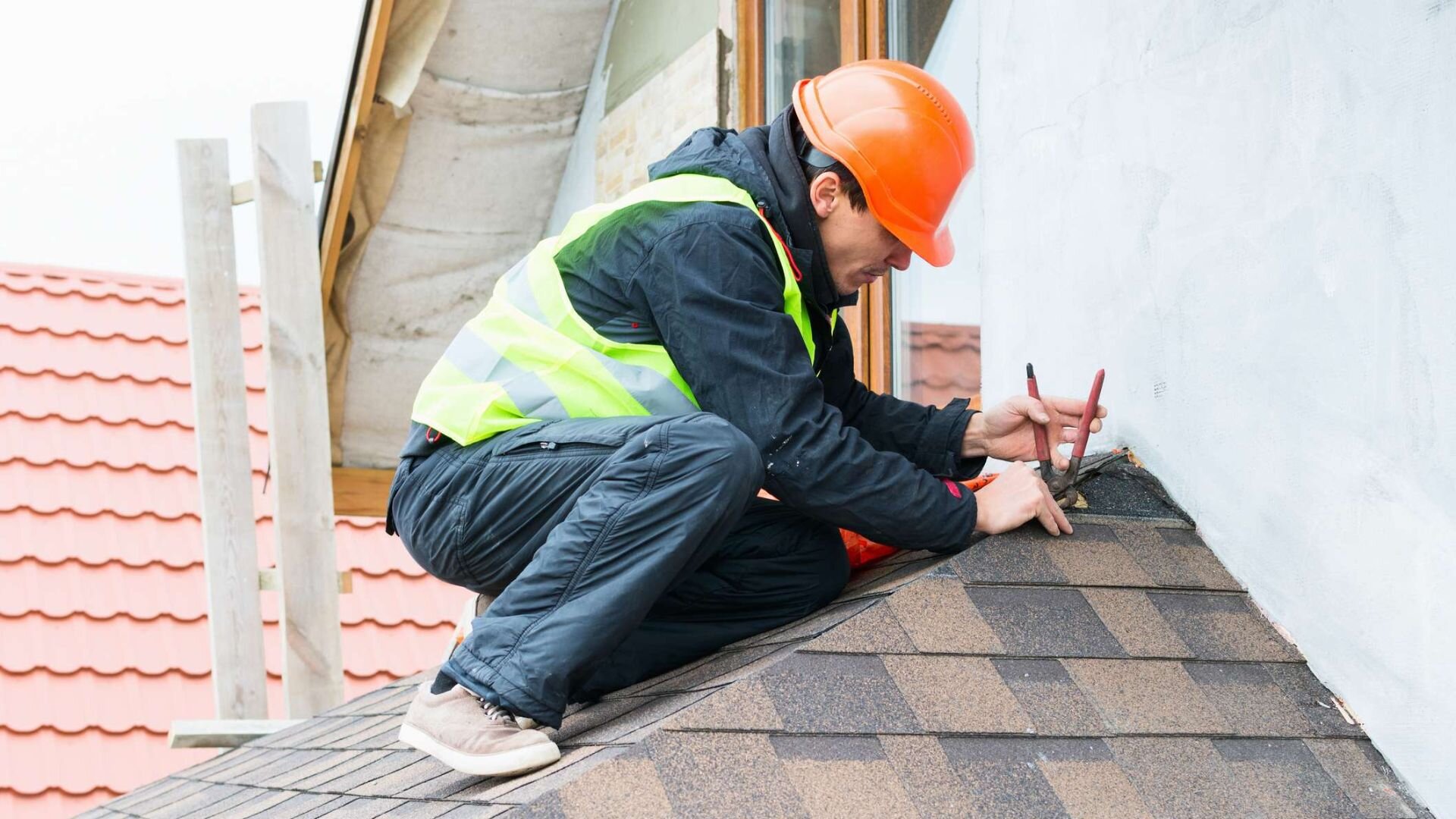
DIY repairs offer a sense of accomplishment and potential cost savings. With the right tools and materials, you can fix minor issues like replacing damaged shingles, sealing leaks, or clearing debris from gutters. However, it’s crucial to assess your skills and consider the complexity of the repair. Complex or significant repairs may require professional expertise to ensure safety and proper execution.
On the other hand, hiring professional roof repair services comes with undeniable advantages. Professionals have the experience and knowledge to handle roofing issues efficiently. They use quality materials, adhere to safety standards, and provide convenience. Complex repairs or large-scale projects are best left to professionals who can deliver reliable results.
Ultimately, the choice between DIY and professional roof repairs depends on your capabilities, available time, and the complexity of the repair. Consider these factors carefully to make the right decision for your roofing needs.
Steps to Perform DIY Roof Repairs
Ready to take on some DIY roof repairs? With the proper guidance and precautions, you can fix minor roofing issues and save money. Here’s a step-by-step guide to help you get started:
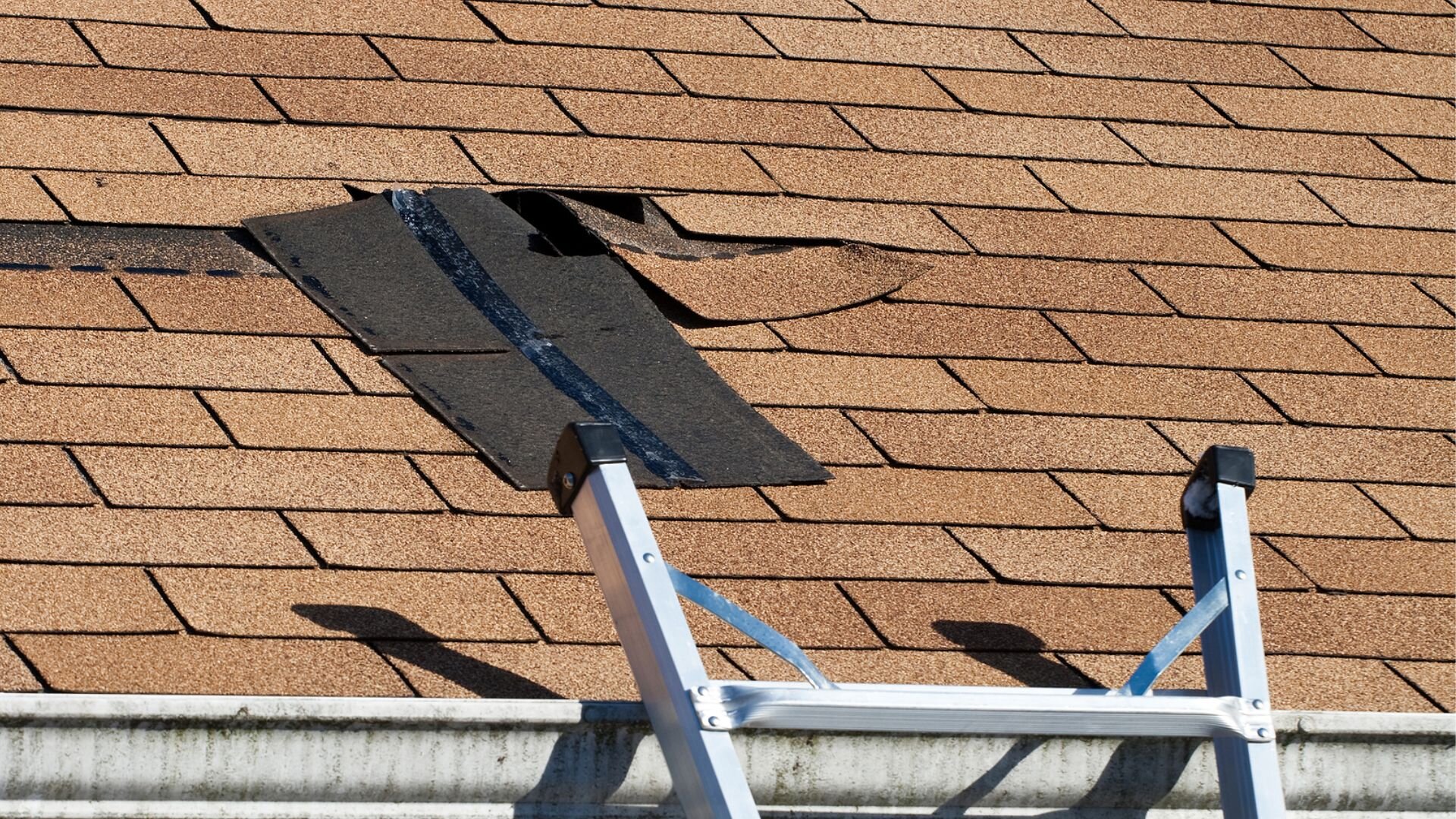
Step 1: Assess The Damage
Scrutinise your roof to identify the problem areas. Look for cracked or missing shingles, damaged flashing, or signs of leaks and water damage. Pay attention to any discolouration or dampness on the ceiling or walls inside your home, as these could indicate roof leaks.
Step 2: Gather The Tools & Materials
Before you begin, ensure you have all the necessary tools and materials. Equip yourself with a ladder, safety harness, pry bar, roofing nails, adhesive, and replacement shingles.
It’s also important to have protective gear, such as gloves and goggles, to ensure your safety throughout the repair process.
Step 3: Safety First
Always prioritise safety when working on your roof. Ensure you are on a dry and stable surface before starting the repairs. Wear appropriate protective gear and take necessary precautions to avoid falls or accidents.
If you are unsure about your ability to work safely at heights, it’s best to seek professional assistance.
Step 4: Replace Damaged Shingles
Carefully remove the damaged shingles using a pry bar. Slide in the new shingle, aligning it with the surrounding shingles. Secure the shingle using roofing nails, ensuring it penetrates it and the underlying roof surface. Finally, seal the shingle’s edges with roofing adhesive to protect against water infiltration.
Step 5: Seal Leaks
If you have identified a leak, it’s essential to address it promptly. Identify the source of the leak and clean the area thoroughly. Once the surface is clean and dry, apply roofing adhesive or sealant to seal the area. Make sure to follow the manufacturer’s instructions for the specific product you are using.
Step 6: Clear Debris From Gutters
Regularly clearing debris from your gutters is essential for maintaining a healthy roof. Remove leaves, twigs, and other debris to ensure proper drainage and prevent water damage. Clogged gutters can lead to water overflow, seeping into the roof and causing damage over time.
Remember, while DIY roof repairs can be suitable for minor issues, it’s essential to recognise your limitations.
Hiring Professional Roof Repair Services
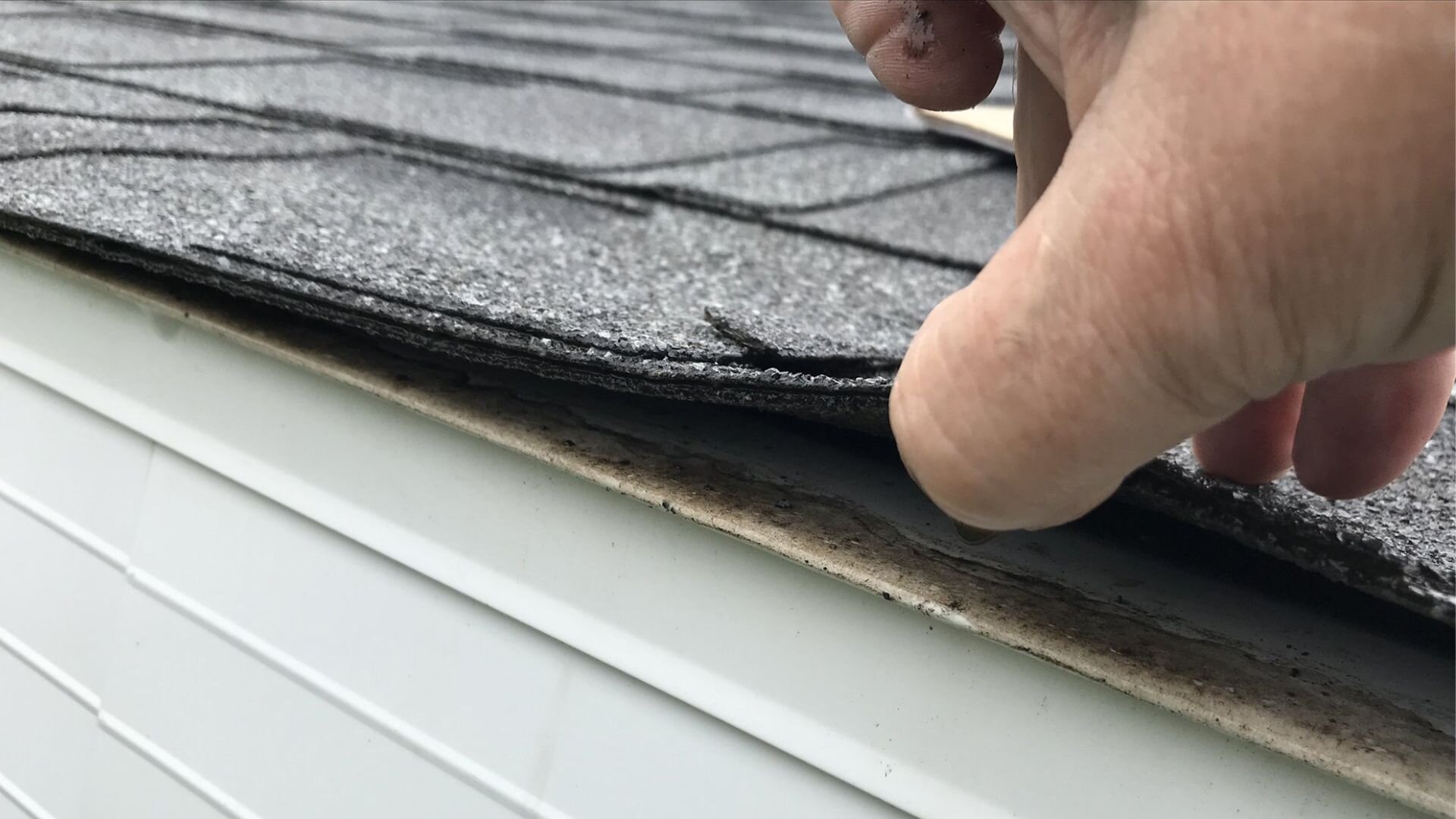
When repairing your roof, it’s important to consider hiring professional roof repair services. Not only can they save you time and effort, but they also ensure that the job is done right.
Roof repairs can be complex and time-consuming, requiring specialised knowledge and tools. By entrusting the task to professionals, you can free up your time and focus on other important tasks while they care for your roof.
A big perk of hiring professionals is the convenience. Roof repairs usually mean climbing ladders and dealing with heavy materials—tricky stuff if you’re not experienced. Pros bring the skills, training, and safety gear needed to get the job done safely and efficiently. Knowing experts are on it lets you relax without worrying about your safety.
Whether a minor repair or a large-scale restoration, professional teams are equipped to handle various roofing issues. From repairing damaged shingles to addressing leaks and water damage, they have the necessary experience and resources to deliver high-quality results.
Roof Maintenance Tips For Extending Lifespan
Regular maintenance is essential for extending the lifespan of your roof. Following simple tips, you can keep your roof in great shape and avoid costly repairs. Here are some practical roof maintenance tips to help you maintain a healthy and long-lasting roof:
Regular Cleaning
Keep your roof free from debris, leaves, and branches. Regularly remove any build-up that can trap moisture and cause damage.
Gutter Maintenance
Clean and inspect your gutters regularly to ensure they are debris-free. Clogged gutters can lead to water backup, which can damage your roof and cause leaks.
Tree Trimming
Trim overhanging tree branches to prevent them from rubbing against the roof or causing damage during storms. Falling branches can cause significant roof damage if left unchecked.
Identify And Address Issues Early
Regularly inspect your roof for loose or damaged shingles, cracked flashing, or signs of water damage. Catching these issues early allows for timely repairs and prevents further damage.
Proper Ventilation
Ensure your roof has proper ventilation to prevent moisture build-up and potential damage. Adequate airflow helps to regulate temperature and reduce the risk of mould or mildew growth.
Schedule Professional Inspections
Periodically hire professionals, like the experts at Fixed Today Plumbing, to conduct thorough inspections of your roof. They can identify hidden issues and provide recommendations for repairs or maintenance.
By following these roof maintenance tips, you can maximise the lifespan of your roof and avoid unnecessary repairs. Remember, a well-maintained roof protects your home and enhances its overall value.
Choosing The Right Materials for Roof Repairs
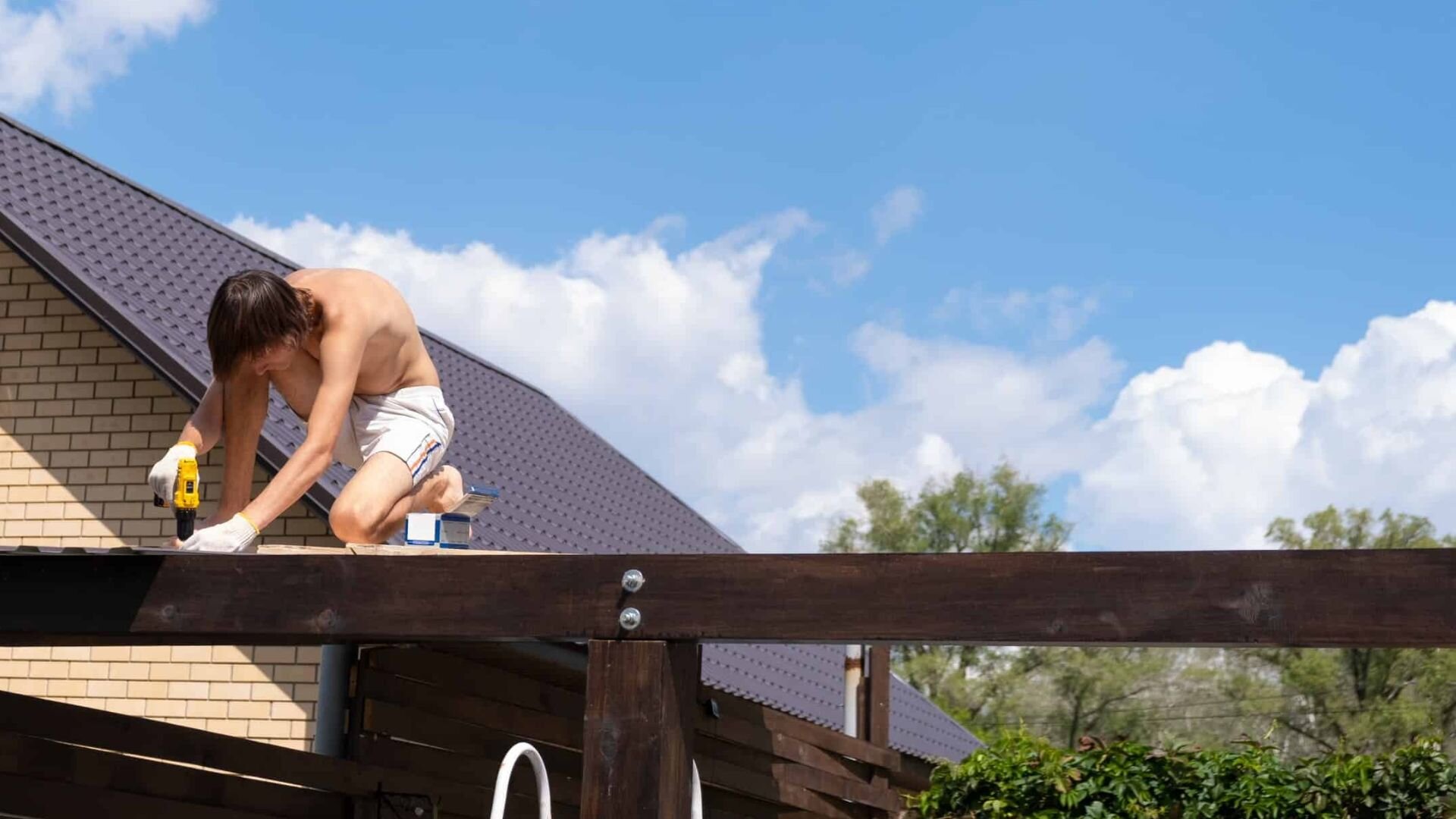
With numerous roofing materials available in the market, it’s essential to consider factors such as weather resistance, durability, cost, and aesthetic appeal. Here are some popular roofing materials to consider:
- Asphalt Shingles: Affordable and versatile, asphalt shingles are the most common roofing material. They are available in various colours and styles, providing a range of aesthetic options.
- Metal Roofing: Durable and energy-efficient, metal roofs offer excellent longevity and withstand harsh weather conditions. They are available in different metals, such as steel, aluminium, and copper, offering a modern and sleek appearance.
- Concrete Tiles: Known for their longevity, they are famous for residential and commercial roofs. They provide excellent insulation and come in a variety of styles and colours.
- Slate: A premium roofing material, slate offers unmatched elegance and durability. It has a natural stone appearance and can last for decades when properly installed and maintained.
- Clay Tiles: Clay tiles give any property a classic and timeless look. They are known for their exceptional durability and fire resistance, making them an ideal choice for areas prone to wildfires.
Cost Considerations For Roof Repairs
Grasping what affects roof repair costs is key to smart choices and prioritizing quality. By knowing your stuff, you can avoid surprises and manage your budget well.
Several factors come into play when determining the cost of roof repairs. Firstly, the extent of damage is a significant factor. The severity and size of the damage will directly impact the cost of repairs. Minor issues, such as fixing a few loose shingles, will generally be less expensive than extensive damage requiring a complete roof replacement.
The type of repair or replacement needed also affects the overall cost. Different types of repairs or replacements come with varying price tags. For instance, repairing a small leak may be inexpensive, while replacing an entire roof section will likely be more costly.
Another important consideration is the materials used for the repair or replacement. The type and quality of materials selected can significantly impact the overall cost. While higher-quality materials may come with a higher upfront cost, they often offer better durability and longevity, potentially saving you money in the long run.
Making Informed Decisions For Your Roof Repair Costs
Understanding the factors that influence the cost is crucial for making informed decisions about roof repairs. By considering the extent of damage, type of repair or replacement, and choice of materials, you can confidently navigate the process and prioritise quality and value.
When faced with roof repairs, take the time to assess the extent of the damage, evaluate the necessary repair or replacement, and carefully consider the choice of materials. Doing so lets you make informed decisions prioritising your roof’s long-term health and protection. Remember, investing in quality and value today will pay off.
Please take the next step towards a well-maintained roof by contacting our expert team at Fixed Today Plumbing. Our professionals have the knowledge and experience to provide reliable roof repair and plumbing services in Sydney.
Don’t wait until the problem worsens— contactus today and let us assist you in restoring your roof to its optimal condition. Our Ryde plumbers can help you restore your home!














